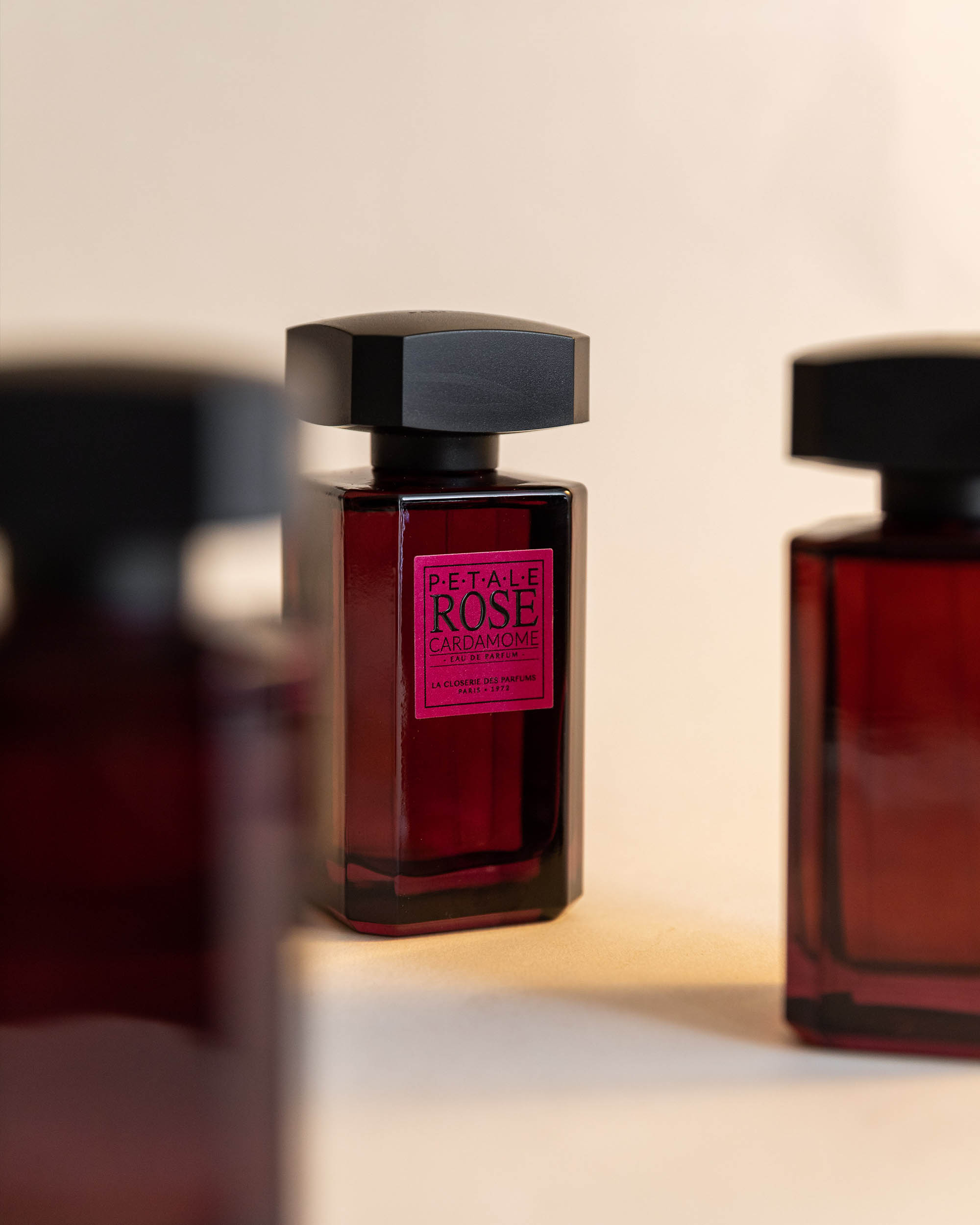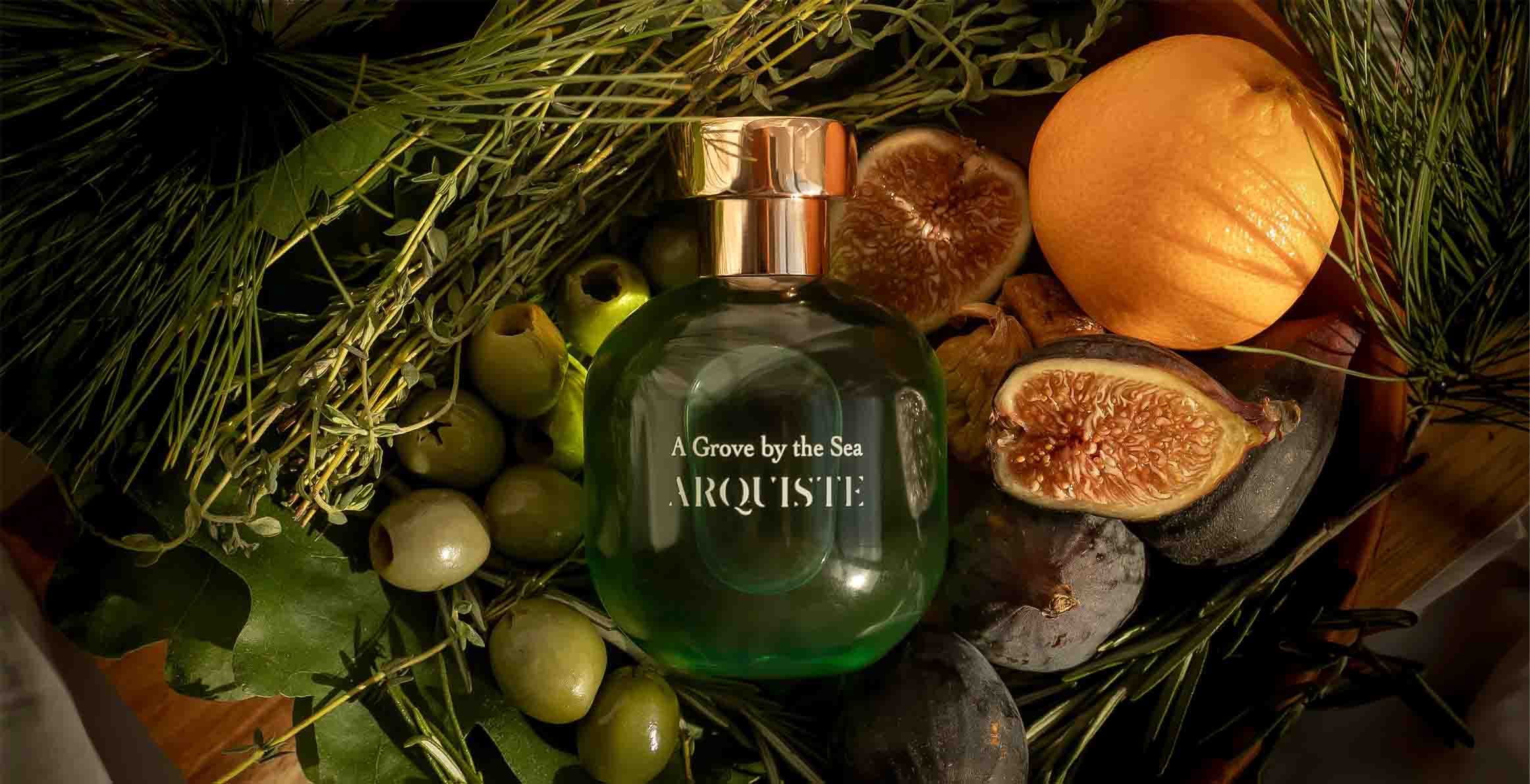How is Fragrance Made?

From ancient practices to modern techniques, the process of crafting perfumes has captivated humanity for centuries. Over the years it has evolved into a sophisticated blend of tradition and innovation.
But how exactly is fragrance made? Let's explore the fascinating journey of perfume-making, exploring some of the key steps and methods that bring these captivating scents to life, tracing the process from raw materials to the final product.
Table of Contents
The Raw Materials: Ingredients of a Perfume
• Natural Ingredients
• Synthetic Ingredients
Extraction Methods: Capturing the Essence
• Distillation
• Solvent Extraction
• Enfleurage Headspace Technology: Capturing the Intangible
• How Headspace Works
• Applications in Perfumery
The Art of Blending: Creating the Perfume
• Building Accords
Maceration and Aging: Perfecting the Scent
• Aging Process
• Bottling and Packaging
• Technological Innovations
• Sustainable Practices
Summary
The Raw Materials: Ingredients of a Perfume
The creation of a perfume often begins with the careful selection of raw materials. A careful selection of ingredients is the foundation of any fragrance.
Natural Ingredients
Natural ingredients have been used in perfumery for thousands of years. These include essential oils, resins, and absolutes derived from flowers, fruits, spices, and woods. For example, jasmine, rose, and sandalwood are prized for their rich, enduring aromas. The quality of natural ingredients depends on factors such as the geographical location, climate, and harvesting techniques.Synthetic Ingredients
The advent of synthetic ingredients revolutionised the perfume industry. Synthetics allow perfumers to create scents that are difficult or impossible to extract naturally. These ingredients also provide consistency and stability, ensuring that each bottle of perfume smells exactly the same. Common synthetics include aldehydes, musks, and various chemical compounds that mimic natural scents.Extraction Methods: Capturing the Essence
Once the raw materials are selected, the next step is to extract the aromatic compounds from them. Several methods are used to capture these essences, each suited to different types of materials.
Distillation
Distillation is one of the oldest and most common methods of extraction. In this process, raw materials are heated, and the resulting vapour is collected and condensed into a liquid. This liquid contains the essential oils of the material. Steam distillation, in particular, is widely used for extracting oils from flowers, leaves, and other plant materials.Solvent Extraction
Solvent extraction involves using a solvent, such as ethanol or hexane, to dissolve the aromatic compounds from raw materials. The solvent is then evaporated, leaving behind a concentrated substance known as an absolute. This method is particularly effective for delicate flowers like jasmine and tuberose, which might be damaged by distillation.Enfleurage
Enfleurage is a traditional extraction method that involves placing flower petals on a layer of fat, which absorbs their fragrance. The fat is then processed to separate the aromatic oils. Although enfleurage is rarely used today due to its labour-intensive nature, it was once a popular technique for extracting scents from fragile flowers.
Headspace Technology: Capturing the Intangible
Headspace technology is a groundbreaking method in the perfume industry, allowing perfumers to capture and replicate the scent of living plants, flowers, and even environments without harming them. This technique has opened up new possibilities for creating unique and authentic fragrances.How Headspace Works
Headspace technology involves encasing the object or environment of interest in a sealed chamber. The air around the object, which contains volatile organic compounds (VOCs) responsible for its scent, is then extracted and analysed using gas chromatography. This analysis identifies the specific compounds that make up the scent, allowing perfumers to recreate it in the lab. Unlike traditional methods that require the destruction of the plant material, headspace technology captures the fragrance without altering or damaging the original source.Applications in Perfumery
Headspace technology is particularly valuable for capturing scents from delicate or rare flowers that cannot be easily distilled or extracted through traditional means. It is also used to replicate the smell of places or environments, such as the ocean, forests, or even a particular moment in time. This technology has expanded the creative possibilities in perfumery, enabling the creation of scents that are more true to nature and entirely unique.The Art of Blending: Creating the Perfume
After the essences are extracted or created, the next step is blending them to create a harmonious fragrance. This process is where the true artistry of perfumery comes into play.
Building Accords
An accord is a combination of different notes that blend seamlessly to create a new, distinct scent. Master perfumers skilfully build accords by combining various essences, often using both natural and synthetic ingredients. The creation of a perfume is a meticulous process, requiring careful experimentation to achieve the desired effect.
Maceration and Aging: Perfecting the Scent
Once the perfume is blended, it undergoes a maceration process. This stage allows the different ingredients to meld together, creating a more cohesive and refined fragrance.Maceration Time
During this short ageing process, perfumes are stored in a cool, dark environment for several weeks to several months. This period allows the fragrance to develop its full character, as the different components interact and settle. Maceration is essential for ensuring that the final perfume is well-balanced and long-lasting.Bottling and Packaging
After maceration, the perfume is filtered to remove any impurities and then bottled. The choice of bottle and packaging is an important aspect of perfume-making, as it reflects the brand's image and the perfume's character. High-quality bottles are often designed to protect the fragrance from light and air, preserving its integrity.

Modern Technology and Sustainability
The perfume industry has embraced modern technology to enhance the quality and sustainability of fragrance production.Technological Innovations
Advances in technology have allowed perfumers to analyse and replicate scents with unprecedented precision. Gas chromatography and mass spectrometry, for example, enable the detailed analysis of aromatic compounds, aiding in the creation of complex and unique fragrances. Additionally, modern synthesis techniques have expanded the range of available ingredients, allowing for greater creativity in perfume design.Sustainable Practices
Sustainability is becoming increasingly important in the perfume industry. Ethical sourcing of raw materials, environmentally friendly extraction methods, and the use of biodegradable packaging are all part of the industry's efforts to reduce its environmental impact.Summary
The creation of fragrance is a complex and intricate process that blends art, science, and tradition. From the selection of raw materials to the final bottling, each step requires skill, precision, and creativity.
At Fiole, we celebrate the art of perfumery by offering a curated selection of fragrances from artisan brands. Find your perfect scent from our expansive range by building a personalised discovery box now.










Leave a comment